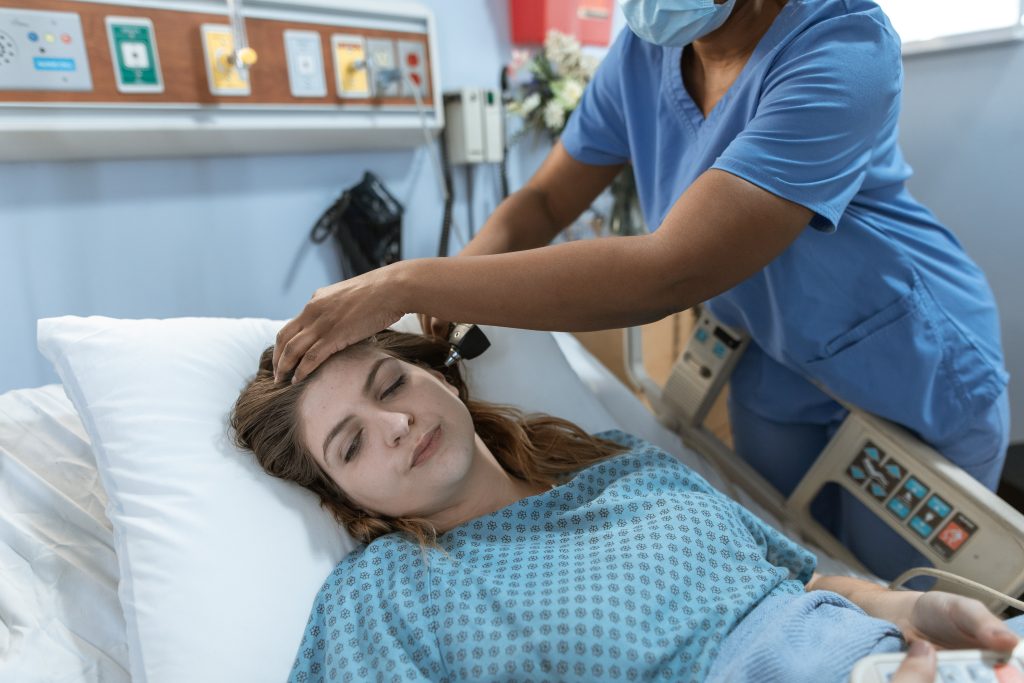- Oak Brook:(630) 705-9999
- Chicago:(312) 920-8822
- Email:inquiry@vervecollege.edu
- Make a Payment
- Home
- Programs
- Admission
- Resources
- ATI Entrance Exam Resources
- New E-Digital Library
- Refer a Friend
- School Newsletter
- Events
- Employers
- Job-Network
- Alpha Beta Kappa Candidates
- Verve College Library
- Graduation and Pinning Ceremony Photo Galleries
- Textbook Information
- Career Services
- Tutoring
- School Catalog
- FAQ
- Constitution Day Program
- Alumni
- Verve College Plans
- Financial Aid
- HEERF Reporting
- Satisfactory Academic Progress
- Apply For Financial Aid
- Net Price Calculator
- Return of Title IV Funds (R2T4)
- Financial Aid Office Code of Conduct
- Contact
- FAQs
- Verification Policy
- Vaccination Policy
- Student Right-to-Know Act
- Misrepresentation
- Information Security Program
- Academic Award Year
- Availability of Employee
- Cost of Attendance
- Health & Safety Exemption Requirement
- Students Rights and Responsibilities
- Leave of Absence
- Pell Formula
- Military Students
- Grants/ Scholarship Policy
- Contact Us
- Login
- Testimonials
- Blog
Is a Nursing Career Right For You?
Take The Free Quiz
Acute Pain Nursing Care Plan
Acute Pain Nursing Care Plan
What is Acute Pain?
Acute pain is defined as an unpleasant emotional and sensory experience that typically stems from tissue damage to the body. Acute pain’s onset may be slow or sudden; its duration typically lasts no longer than three months before resolution takes place.
Causes
The most likely source of acute pain is tissue injury, whether physical, biological, or chemical in nature. Acute discomfort may also arise from psychological causes or worsening existing medical conditions. Licensed practical nursing programs help students get a deeper understanding of this.
Biological injury agents include bacteria, viruses, and fungi, which cause harm and pain to their hosts, while chemical injury agents tend to be caustic and can harm in various ways.
Physical injury often results in intense discomfort; we associate such suffering with broken bones, lacerations, or postoperatively recovering from surgical procedures.
Signs and Symptoms
Some signs of pain are readily detectable, including reports from the patient themselves or expressions such as crying. Other manifestations may be more difficult to discern, such as shifts in appetite or sleep patterns and guarding to protect an already painful area from further aggravating it.
Importance of Acute Pain Nursing Care Plans
An acute pain nursing care plan is vital to providing personalized, comprehensive, and effective pain management for each individual patient. Achieving this requires collaboration among healthcare providers as they collaborate together on improving outcomes while simultaneously preventing adverse events from arising and increasing satisfaction among their patient base.
Assessment
To accurately evaluate pain, it is vitally important to adhere to standard protocols for evaluating pain levels and response to intervention as well as using the most applicable pain scale available for each individual patient.
Assessments of pain should be thorough in identifying any underlying complications or risk factors that could be leading to unexpectedly intense levels of suffering.
Nursing Care Plans for Acute Pain
Below are two acute pain nursing care plan examples designed to treat acute pain patients as per their health status.
When creating the plan, consideration must be given to contributing factors that may contribute to discomfort for that patient as well as appropriate interventions planned and reliable methods of monitoring patient responses. The best nursing colleges in Illinois train students for the plan of care.
Nursing Care Plan 1
- Acute Pain Nursing Diagnosis: Intense acute postoperative discomfort related to an orthopedic surgical procedure of the left lower extremity is evidenced by a heart rate of 112 beats per minute, guarding of this extremity, and reports from patients who rate their pain an eight on a scale from 1- 10.
- Desired Results: Within four hours of nursing interventions, patients should experience reduced pain levels to 4/10 or lower.
- Intervention: Assess patient comfort using nonpharmacologic pain relief strategies.
- Rationale: Unknowingly many patients may be unaware that non-pharmacological techniques may provide more effective relief from pain by supplementing or replacing analgesic drugs with non-drug therapies.
- Intervention: Determine and administer an analgesic that meets all prescribed specifications.
- Rationale: Anti-inflammatories such as NSAIDs, opioids, and local anesthetics provide fast relief of acute pain quickly and efficiently.
- Intervention: Determine whether a PCA pump would be suitable if the patient qualifies as a candidate for a PCA treatment plan.
- Rationale: Patient Controlled Analgesia (PCA) refers to an intravenous injection of opioids under patient control through an infusion pump and may provide more effective pain management if they meet specific criteria.
- Intervention: Reassess pain levels 30 minutes post interventions.
- Rationale: Reassessing pain after interventions to determine their success is of vital importance in order to meet patient pain control goals and meet goals more quickly.
Intervention: Provide information and instruction to patients concerning the appropriate administration of pain-relieving medication prior to activities that increase discomfort in order to avert intense episodes of discomfort.
Rationale: Patients can effectively manage severe pain with knowledge about when and why to request pain medication in order to maximize its efficacy and avoid severe episodes or risks.
Nursing Care Plan 2
To assist these individuals as quickly and efficiently as possible during this acute phase.
- Nursing Diagnosis: Patients have reported acute chest and throat soreness, decreased appetite, and grimacing when coughing or speaking, suggesting acute bronchitis symptoms.
- Desired Outcome: Within two hours of nursing interventions, patients should experience less chest and throat soreness.
- Intervention: Evaluate pain characteristics such as quality, severity, location, onset time frame, and relieving factors (catalyzing or relieving).
- Rationale: Deliberately assessing pain is key to planning effective pain management strategies.
- Intervention: Take antitussive medications at prescribed intervals as directed to eliminate potential sources of discomfort.
- Rationale: Antitussive medications, when appropriate, may provide effective suppression and relief from painful stimuli that trigger coughing fits.
- Intervention: Instruct the patient to evaluate the effectiveness of interventions used and report back to their care team.
- Rationale: Constant feedback can assist the care team in developing more effective pain-management strategies and acute pain nursing diagnosis plans.
Want to Make a Career in Nursing? Get More Information About Our Courses!
Conclusion
For healthcare professionals crafting efficient nursing care plans with clear goals, simple access, and evidenced basis are of critical importance.
To successfully draft nursing care plans that embody these qualities, one needs to possess knowledge of the nursing process, demonstrate critical thinking abilities and cooperate with team players – while providing patient-centric care – all qualities which you must demonstrate as part of being a professional and healthcare system participant. You should look for the best LPN programs near me to gain the right skills and knowledge for a bright career.
 Sign up
Sign up Login
Login





